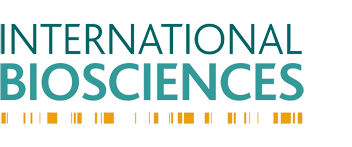Does Halacha Recognise a Paternity Test?

However, as with many other branches of science, it is often the case that these methods conflict directly with traditional religious belief systems. Indeed, under Jewish law, which originates from the legal elements of the Talmudic literature, it has been claimed that the paternity test not only attacks the very essence of an individual’s biological relationship with his or her parents but also God himself.
According to Nidda 31a, which is a Talmudic statement, “There are three partners in humans: God, the father and the mother… The mother supplies the red substance out of which is formed his skin, flesh, hair, blood and the pupil of his eye”. Unfortunately, the paternity test cannot help but contradict this statement, regardless of whether or not it was meant to be interpreted literally or in a more metaphysical way.
A paternity test works by identifying or mapping out the unique sequence of DNA that exists in an individual. Simply put, if that DNA is similar to another person’s unique DNA sequence within a certain percentile, there is a very high probability that they are separated by just the one generational step. The paternity test can include a candidate male as a potential biological father of a child with a certainty of 99.99% or 99.9999% in some cases. With regard to the latter degree of accuracy, it can be said that there is only a 1 in 100,000 chance that another male randomly selected from the population would produce the same DNA results. Furthermore, a paternity test can exclude a candidate male with a certainty of 100%. Only if a test is flawed – ie. if DNA is contaminated – will false exclusions or inclusions be produced.
Thus, the relationship between Jewish law and the paternity test is strained on the very basis that mapping out a DNA sequence to identify the father of a child contradicts the Talmudic provision that the mother supplies a very specific quantity of the child’s physical make-up, and the father and God make up the rest. Science dictates that there is no third party involved in the creation of an individual at the DNA level, so Jewish law must be viewed in the same context as other elements of Holy texts that have been disproved by science. Alternatively, Jewish law can hold on to its traditional religious roots, however antiquated they have been made by science, to believe that the mother supplies her child with blood. Of course, to ignore science is to disregard an opportunity to understand something in an objective, factual manner. Clinging to obsolete religious belief systems, however culturally important, is to continue blindly into the unknown.
Moreover, Jewish reluctance to accept the paternity test may be rooted in more socio-legal issues. For example, proving that a child does not belong to the mother’s husband would automatically make him or her a Mamzer, a person born from a forbidden relationship who has a lesser standing in the Jewish community


